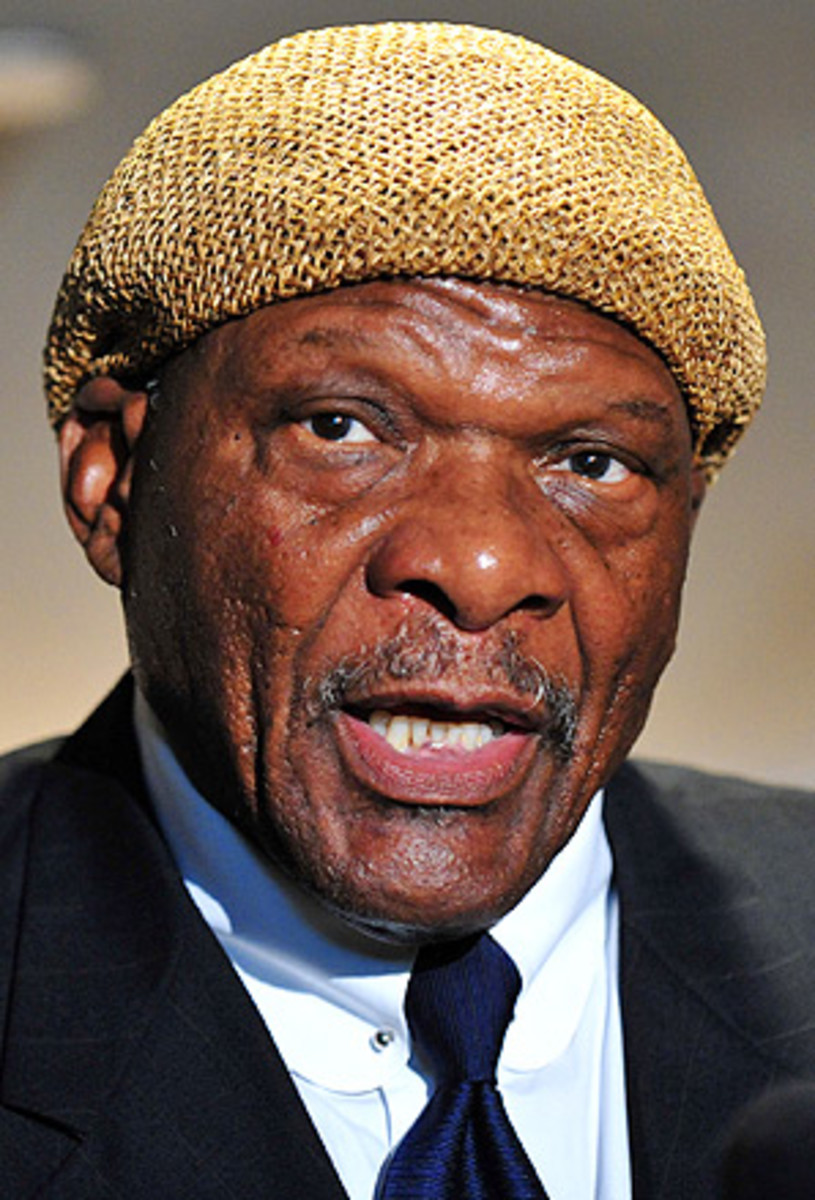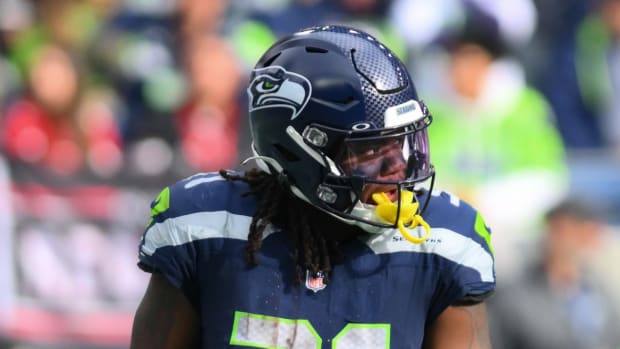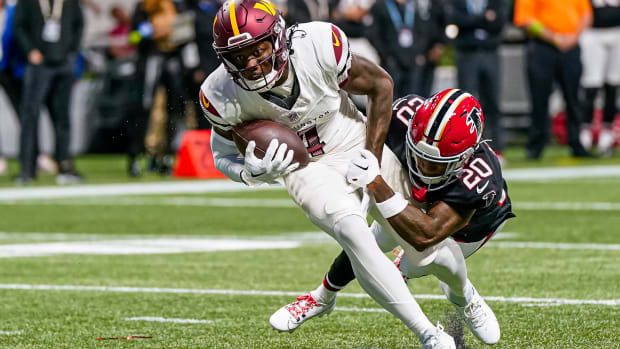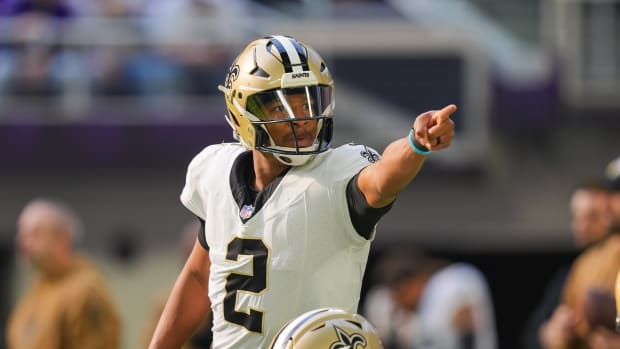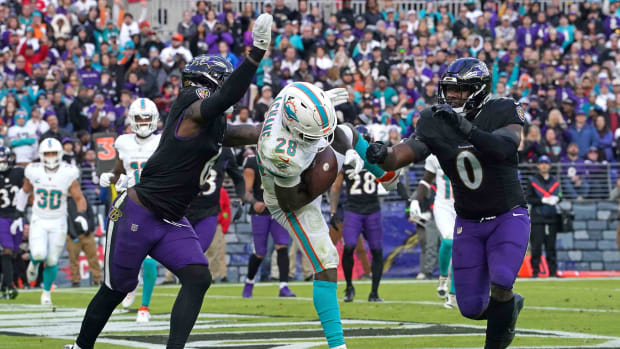Lawsuit filed by retired NFL players likely won't slow CBA negotiations
Can retired NFL players, who insist they have been ignored by the owners and current players who are negotiating a new labor deal, prevent the 2011 NFL season from starting?
According to a class of retired players, which includes Carl Eller, Franco Harris and Marcus Allen, the answer is yes. These players, who in April joined current NFL players in challenging the legality of the NFL lockout, would like U.S. District Judge Susan Nelson to ensure that they enjoy a voice in the negotiations. If retired players are denied such an opportunity, the plaintiffs want Nelson to prevent the owners and players from reaching a new deal.
Retired players have been at odds with current players and owners for years. With salaries and employment benefits that paled in comparison to those of current players, retired players have repeatedly sued over what they view as their denied, but deserved gains. And they have had some success. Back in 2009, for instance, the NFLPA agreed to pay thousands of retired players $26.3 million in exchange for ending litigation over marketing revenue. These two groups have also litigated over compensation for retired players who appear in John Madden Football.
The legal issues brought by Eller are not clear-cut, particularly since the NFLPA has disclaimed interest in representing NFL players. Negotiations between owners and players for a new CBA are therefore technically going through the litigation and mediation process, which does not offer retired players a certain role, rather than through the collective bargaining process, which more formally involves retired players, albeit in a limited way.
In normal times, the NFLPA, as a union, represents current NFL players, who elect NFLPA leaders. The NFLPA also represents those players not yet in the league and those who were already in the league. That is because federal labor law accords unions broad authority to act on behalf of past, current and future employees, even if unions are run by current employees, whose interests may not always be aligned with past or future employees.
This sometimes awkward dynamic plays itself out when the NFLPA and NFL collectively bargain various rules that pertain primarily to prospective players or retired players. Take pension and disability systems, which are at the heart of the Eller lawsuit. Although there have been improvements to these systems in recent years, much has been written about the lack of quality care for retired and disabled NFL players -- players who largely rely on current NFL players to bargain on their behalf. According to Eller, current players, when faced with owners' demands for enormous concessions, are willing to trade away retired and disabled players' benefits in exchange for maintaining high salaries. This is true, Eller argues, even though many retired players are in dire need and even though current players will one day become retirees.
Legally, Eller argues that current players breach their fiduciary duty by willingly relinquishing retired players' interests in exchange for higher salaries and similar benefits. The fiduciary duty requires current players to be competent and act in good faith in negotiating on behalf of retired players.
Should this case proceed to hearings, expect current players to argue that Eller lacks tangible proof that current players have violated the fiduciary duty. In addition, current players will likely insist that every player, be it a current star or a retired one, will have to make major concessions for a deal to be struck with the NFL. In essence, the defendants will portray Eller and the other plaintiffs as obstructionists who lack a viable legal claim.
One complication that may benefit Eller is that in March, the NFLPA disclaimed its interest in representing NFL players when it disbanded as a union. As a result, NFL players -- and retired NFL players -- began acting as their own contractors, not bound by any collective bargaining process. Not surprisingly, a group of current players and NFLPA officials have emerged as the lead negotiators in attempting to broker a deal with the owners. The deal would likely become a new collective bargaining agreement, once the NFLPA resumes its formal role and can ratify a new CBA.
Eller and other retired players assert they have been wrongly denied any suasion on these discussions. Their pensions are at stake, and yet they have no opportunity to share input, let alone exercise voting power. They are also denied a seat even though their lawsuit against the NFL was combined with the Tom Brady lawsuit -- that would suggest that any settlement discussions with the NFL should include them, too, although the current players may argue otherwise. Still, since the NFLPA no longer represents players, retired players reason they have nowhere to turn but the courts.
While Judge Nelson is unlikely to stop the NFL and players from reaching a deal that would form the basis of a new CBA, she may strongly encourage, or outright admonish, the current players to involve Eller and his co-plaintiffs. Any ruling she makes, however, would be subject to appeal to the Eighth Circuit, which has not supported her rulings in the NFL litigation. Chances are Eller will not substantially slow the momentum of owners and current players as they near a new deal, though it could become something of a thorn on their side.
A relatively simple, non-litigious solution to Eller's grievances would be for the league and current players to ensure that retired players have a voice. Understandably, the owners and current players want to keep the number of persons and represented interests at the bargaining table to the smallest number possible; they do not want retired players to so complicate the discussions that a deal cannot be reached. On the other hand, allowing retired players a legitimate opportunity to share their views, whether those views are embraced or rejected, would reveal a spirit of inclusion and transparency and probably go a long way to remedying longstanding friction among the three groups.
































